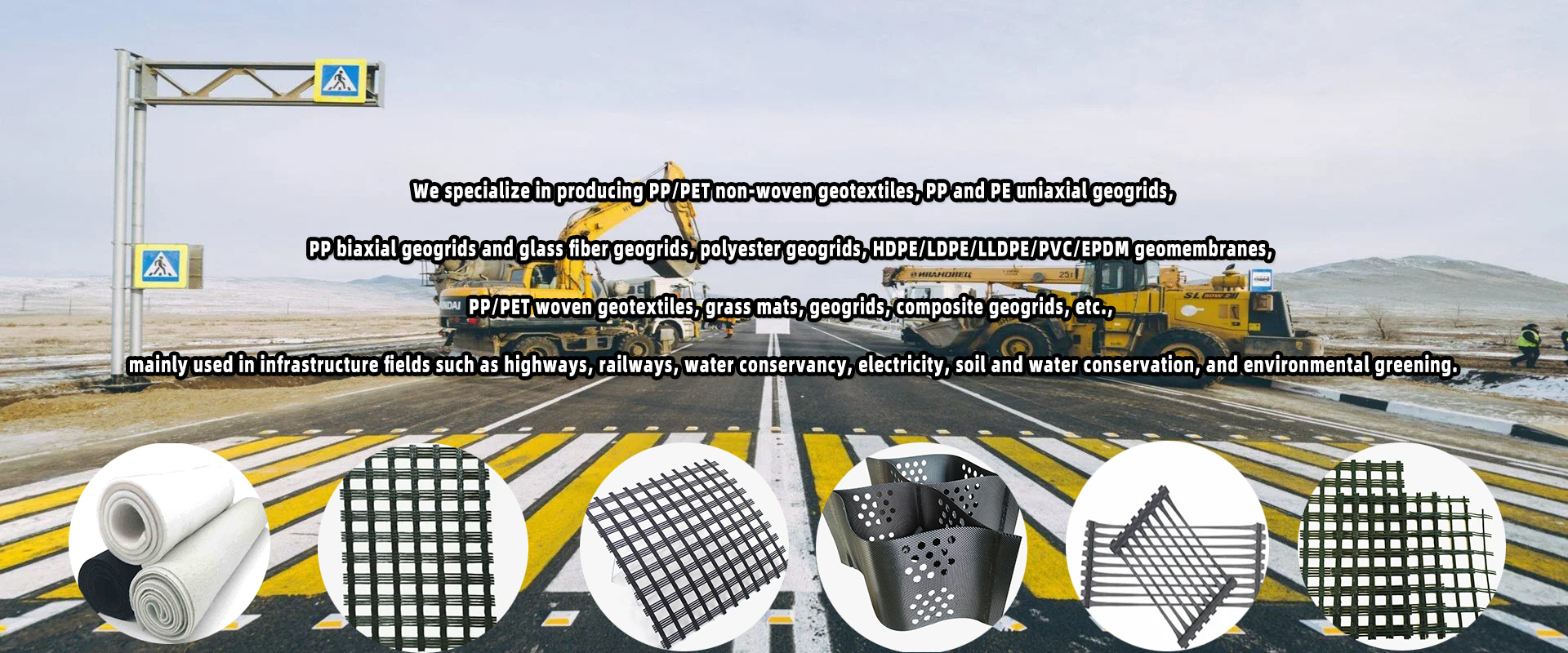Application of woven geotextile in orchards: effects and benefits
Release time:
2024-11-29
Woven geotextile fabrics are widely used in fruit orchards to improve soil stability and promote plant growth. These fabrics are specially designed to provide strength and durability while allowing for proper aeration and drainage of the soil.
One of the key benefits of using woven geotextile fabrics in fruit orchards is their ability to prevent soil erosion. By placing these fabrics on sloping terrain or areas prone to erosion, they help to stabilize the soil and prevent the loss of valuable topsoil. This is especially important in orchards where the roots of fruit trees need a stable and nutrient-rich environment to thrive.
In addition to preventing erosion, woven geotextile fabrics also help to control weeds and reduce the need for chemical herbicides. By blocking sunlight and preventing weed seeds from germinating, these fabrics create a barrier that inhibits weed growth and competition for nutrients and water. This not only helps to maintain a clean and tidy orchard but also reduces the labor and costs associated with weed control.
Furthermore, woven geotextile fabrics improve soil moisture retention by allowing water to penetrate the soil while preventing excess water from pooling on the surface. This helps to create a healthy and balanced moisture environment for fruit trees, ensuring optimal growth and productivity. By regulating soil moisture levels, these fabrics also help to reduce the risk of root rot and other water-related diseases that can affect fruit trees.
Overall, the use of woven geotextile fabrics in fruit orchards offers numerous benefits for both the soil and the plants. By providing stability, controlling erosion, suppressing weeds, and improving moisture retention, these fabrics contribute to the overall health and productivity of the orchard. With proper installation and maintenance, woven geotextile fabrics can help orchard owners achieve optimal growing conditions and maximize their fruit yields.




